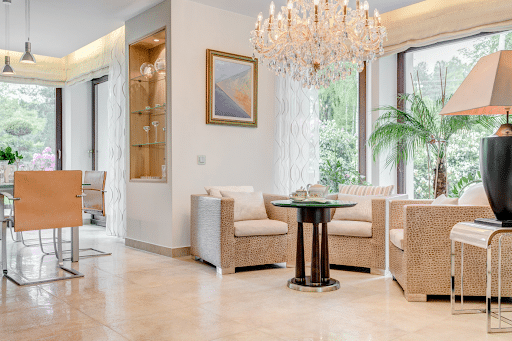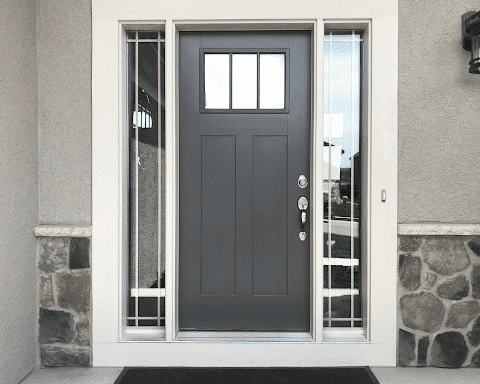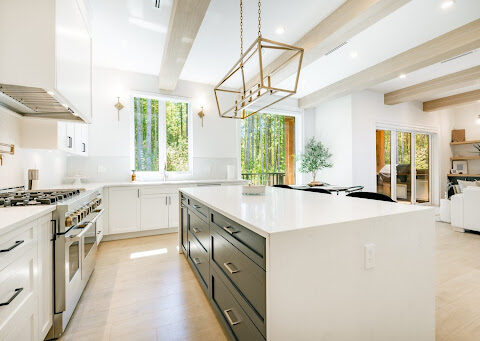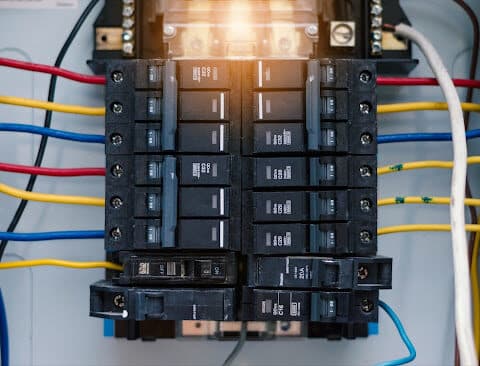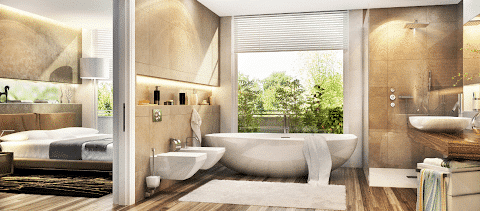Enhancing your home’s aesthetic appeal while ensuring functionality is a complex task. One of the key elements that combines visual appeal with practical utility is your home’s electrical fixtures. These fixtures contribute significantly to the look and feel of different areas of the home while serving a specific function. Understanding these fixtures and how they aid in transforming your living spaces, both indoors and outdoors, is crucial.
Understanding Electrical Fixtures
Electrical fixtures are critical components in any home or building. They provide necessary illumination, ventilation, and aesthetics. Common types of electrical fixtures include lighting fixtures like ceiling lights, table lamps, and track lighting; ventilation fixtures like exhaust fans and ceiling fans; and decorative fixtures like chandeliers and sconces. When selecting electrical fixtures, important factors to consider are lighting needs, energy efficiency, style, and placement. High-quality fixtures that suit the space can transform a room’s ambiance and function.
Outdoor lighting fixtures also play an important role in landscape design and safety. Path lights, spotlights, and post lanterns help illuminate walkways, accent architectural features, and create a welcoming ambiance. Meanwhile, floodlights and security lights brighten up large areas and deter crime. Waterproof, weather-resistant materials are ideal for outdoor fixtures. Automatic sensors, timers, and dimmers help control and conserve energy usage for outdoor lighting.
Importance of Electrical Fixtures in Home Transformation
Updating electrical fixtures is one of the easiest and most effective ways to transform the look and feel of a home. Just by changing out a few lighting fixtures, homeowners can update a room’s style from classic to contemporary. Replacing an old ceiling fan with a modern one can give a room a more updated appeal. Strategic placement of accent lighting on artwork or architectural details can create a focal point in a room and highlight its best features.
New bathroom lighting, like LED vanity strips and attractive light bulbs above showers, can shift the ambiance from dull and clinical to spa-like. For outdoor areas, hanging lanterns or installing path lighting along walkways can enhance curb appeal. Smart switches, dimmers, and automated lighting give homeowners greater control over the lighting in their homes for both aesthetics and energy efficiency.
Transforming Your Indoor Living Spaces with Electrical Fixtures
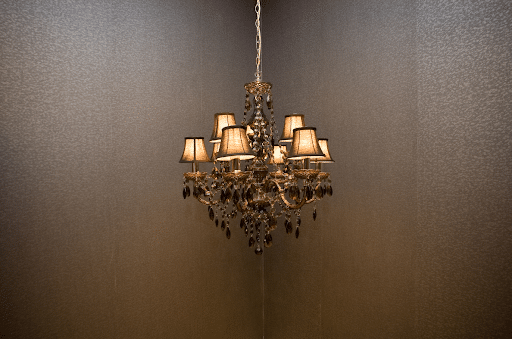
The living room is often the heart of the home, where families gather to relax and entertain guests. Using the right mix of lighting fixtures can make a living room feel cozy and welcoming. Table and floor lamps placed near seating areas provide ideal reading lights. Track lighting highlights artwork displayed on the walls. Recessed lighting gives an even glow throughout the room. For dramatic effect, a stunning chandelier as a focal point adds elegance.
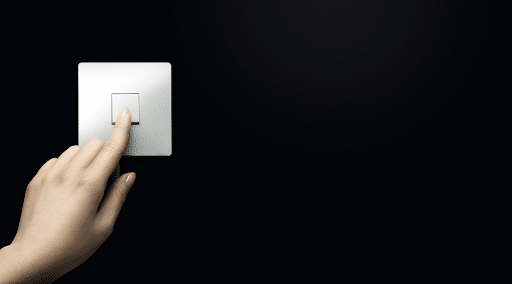
Smart switches allow easy control over all the lighting fixtures in the living room. Wall sconces flanking a fireplace mantel give a lovely accent light. Incorporating different types of lighting – ambient, task, and accent – creates visual interest and optimal illumination in living rooms.
Picking the Perfect Kitchen Lighting Fixtures
Kitchens rely heavily on lighting with both form and function in mind. Island pendant lights hanging over a kitchen island look stylish while also brightly illuminating meal prep areas. Under cabinet lighting spotlights work areas without casting shadows. Recessed ceiling lights provide ambient lighting to reduce shadows and eye strain. For task lighting, articulating arm lamps or track lights focus bright light right where needed.
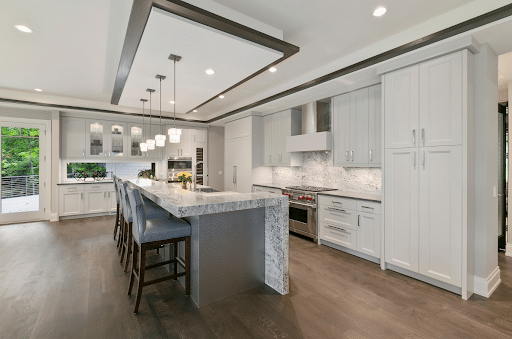
Today’s kitchen lighting fixtures come in trendy finishes like brushed nickel, oiled bronze, and chrome. Mini pendant lights add a punch of style over islands and peninsulas. LED strip lights under cabinets offer energy efficiency and a sleek modern style. The right kitchen lighting creates a space that is both stylish and highly functional.
Bathroom Electrical Fixtures for an Elegant Look
A bathroom’s lighting complements its purpose and style. Wall sconces flanking vanities provide task lighting, while waterproof shower fixtures brighten shower areas without risk. In steamy humid environments, LED and fluorescent fixtures hold up better than delicate bulbs. Installing ventilation fans can help to reduce humidity and odors.
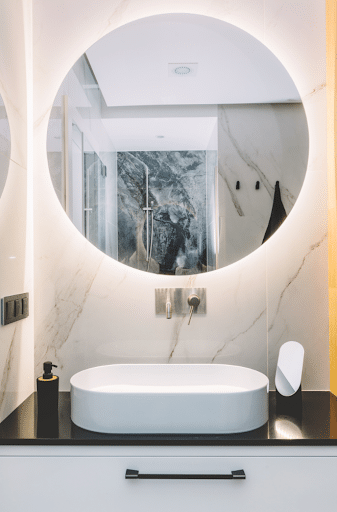
Lighting can greatly enhance the ambiance of a bathroom. Chandeliers and pendant fixtures add a touch of elegance. For safety, waterproof recessed lights are a good option over bathtubs and showers. Using dimmer switches allows you to adjust the lighting to create the perfect mood. As bathrooms today are designed more like spas for relaxation, carefully considering the lighting has become very important in bathroom design.
Enhancing Outdoor Areas with Electrical Fixtures
Outdoor spaces can be transformed into inviting and functional areas by incorporating the right electrical fixtures. Carefully chosen lighting, outlets, switches, and other amenities can enhance the aesthetics, security, and enjoyment of backyards, patios, decks, garages, and the exterior of homes.
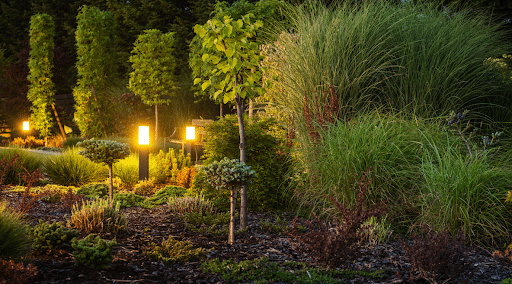
When designing an outdoor area, consider how you want to use the space. Will it be used for entertaining, relaxation, play areas for kids or pets, gardening, and storage, or a combination? Determine what type of mood or look you want to create – relaxed, elegant, rustic, or contemporary.
Types of Electrical Fixtures
There are several common types of electrical fixtures used in homes and buildings. Lighting fixtures are used to provide illumination. Some examples are overhead lights like chandeliers or recessed lights, wall sconces, floor and table lamps, and track lighting. Lighting fixtures come in many styles and can use different types of light bulbs, such as incandescent, fluorescent, halogen, or LED. Their main function is to light up a room or area.
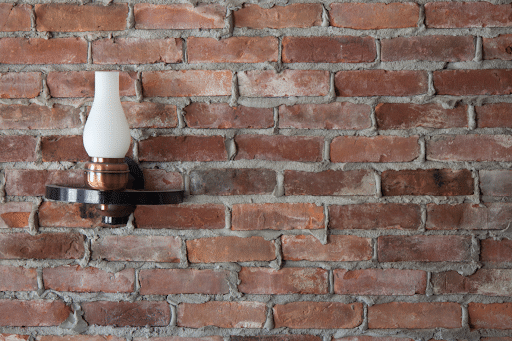
Electrical outlets and switches are other important fixtures. Outlets allow you to plug in and supply power to appliances, electronics, and other devices. Switches control fixtures and outlets, allowing them to be turned on and off. Other fixtures include junction boxes that connect wires, a conduit that protects wires, circuit breakers or fuses that prevent electrical overloads, and doorbell transformers. Proper installation and maintenance of electrical fixtures help ensure an electrical system is safe and functions properly. The right fixtures provide the electricity needed to power and illuminate homes and buildings.
Factors to Consider Before You Buy
When choosing lighting fixtures for a home or business, there are several key considerations. First, think about the purpose of the space and how much illumination is needed – task lighting for kitchen counters or ambient lighting for a living room will require different types of fixtures.
Also take into account the size of the room, ceiling height, and your decor style. The fixture design, materials, and finishes should complement the aesthetic you want to achieve. Look for energy-efficient options like LEDs to save on electricity costs. Consider any special requirements like damp or wet locations for bathrooms. Make sure the fixture is properly rated and installed for safety.
Selecting the right size and amount of lighting is also important – don’t underestimate or overdo it. With the right fixtures that meet both functional and decorative needs, you can create beautiful, comfortable spaces.
Advanced and Smart Home Features
Today’s homes can have smart electrical fixtures that provide added convenience, automation, and efficiency. These include smart switches, thermostats, outlets, lights, and panels that allow remote and automatic control, optimize energy use based on patterns, adjust settings to match circadian rhythms, monitor consumption, and integrate through home automation systems for centralized, customizable control of sustainable, enjoyable, efficient homes.
If you’re looking to learn more about the home industry and its innovation, look to High Performance Home for insider insight. Browse our website to learn more about our mission to connect stakeholders in the home industry to drive performance and development.
Frequently Asked Questions
What is the difference between a fixture and a light?
Fixtures are the hardware that houses the bulb or lamp, while lights are the bulbs or lamps themselves that provide illumination.
How do I clean electrical fixtures?
Electrical fixtures should be cleaned by first turning off the power, then wiping down with a dry or slightly damp cloth, taking care not to get moisture into any electrical components.

